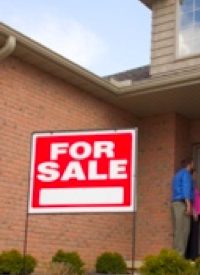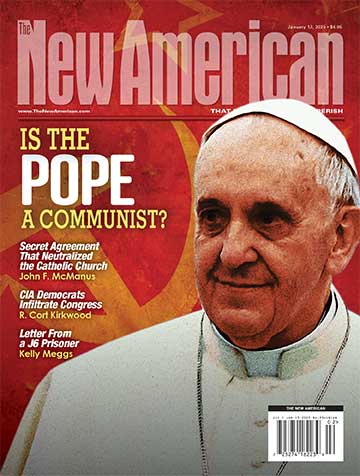
This caused many of those observers to confirm the worse than expected result. Dean Maki at Barclays Capital said, "The housing market does remain weak and none of the recent data suggest a substantial pickup.” David Blitzer, chairman of the index committee, expressed dismay at the numbers: “The double-dip is almost here…[sales aren’t] giving any sense of optimism."
The decline didn’t surprise Richard Suttmeier, at Minyanville, who wrote that “home prices will resume [their] decline that began in mid-2006…we face continued foreclosure issues including questionable documentation, and banks have a record high Other Real Estate Owned (OREO) [which is] up 338.2% since the end of 2007. Depressed home sales [mean homes] are being sold at a 30% to 35% discount…”
Further confirmation came from the Conference Board which reported Consumer Confidence declined sharply in December despite those “experts” predicting an increase. Lynn Franco, the Conference Board director, put the best possible face on the report: “Consumers’ assessment of the current state of the economy and labor market remains tepid, and their outlook remains cautious." The board also reported declines in both consumers’ expectations for the new year, and consumers’ assessment of the current economy. The December decline to 52.5 may be compared to readings closer to 90 “when the economy is growing at a good clip," according to the board.
Not helping the housing market is the enormous jump in foreclosures over the previous quarter — 31.2 percent. Robert Shiller, the co-founder of the index, admitted
We haven’t recovered. We still have a 9.8 percent unemployment rate. We have 4.1 percent long-term unemployment rate, which is extremely high. It’s typically around 1 percent. We’re near record levels on that. Something isn't quite right.
Rasmussen Reports noted that its Consumer Index has dropped two points in the past month and, at 84.3, remains well below its high of 127.0 recorded back in January of 2004.
Diana Olick, at CNBC.com, explained that “builders are concerned about lack of credit to build new homes. They claim that when demand [eventually] surges, they will not have product to offer…the current sales pace is pretty awful.”
Neither I, nor anyone who studies housing, can make any promises in this market. There is simply no historical context with which to judge.
Peter Schiff, president of Euro Pacific Capital and author of How an Economy Grows and Why It Crashes, strongly disagrees with Olick. Looking at the Case-Shiller Index from the beginning of the housing boom in January of 1998 through the top of the market in June of 2006, the gain in housing prices “was extraordinary. The 173% gain in [that] index…averaged an eye-popping 19.2% per year!" Schiff continued:
As we know now, those gains had very little to do with market fundamentals, and everything to do with distortionary government policies that mandated loans to marginal borrowers, and set off a national mania for real-estate wealth and a torrent of temporarily easy credit.
Instead, Shiff argues that the long term trend line of housing values averaged just a little over 3 percent per year over the past 100 years. If home prices had followed that trend, the Case-Shiller Index would have reached 126.7 in October. Instead, that index was reported at 159.0, suggesting “that the index would need to decline an additional 20.3 % from current levels just to get back to the trend line. [emphasis added]
Shiff is not persuaded that any of the government interventions undertaken to revive the housing market have had any positive effect. He is persuaded, instead, that when the housing market clears, and reverts to the trend line, it may very well overshoot that trend, with possible declines in housing prices approaching 30 percent from current levels. He explains:
In trying to maintain artificial prices, government policies are keeping new buyers from entering the market, exposing taxpayers to untold trillions in liabilities and delaying a real recovery. We should recognize this reality and not pin our hopes on a return to price normalcy that never was that normal to begin with.



